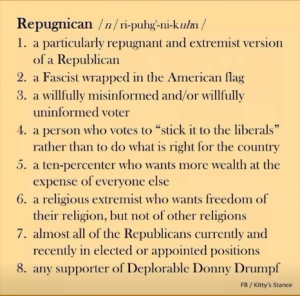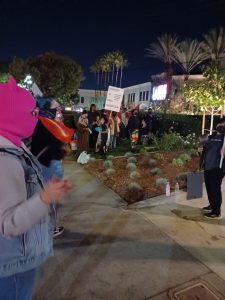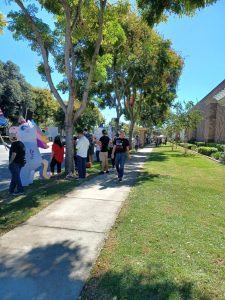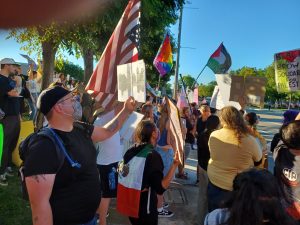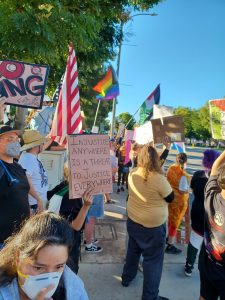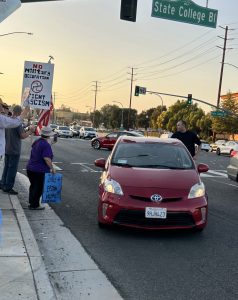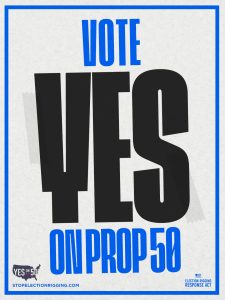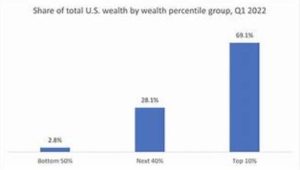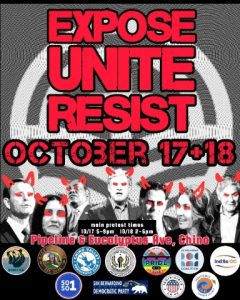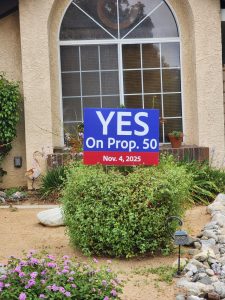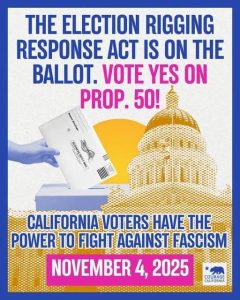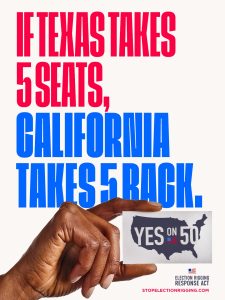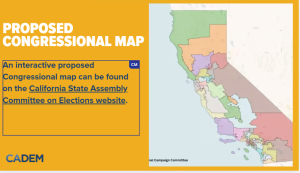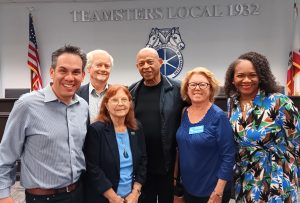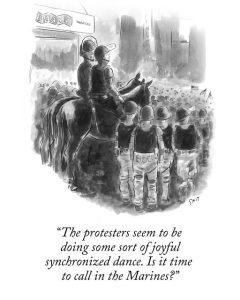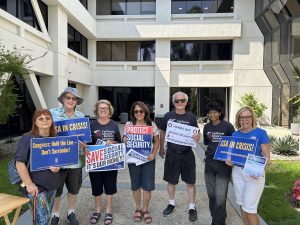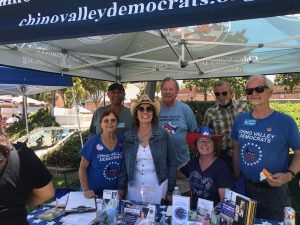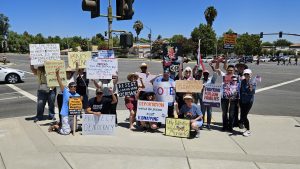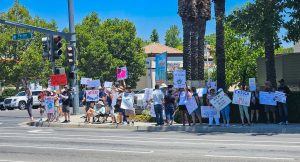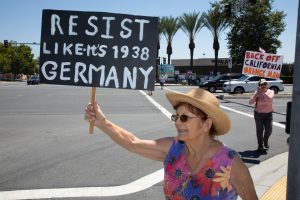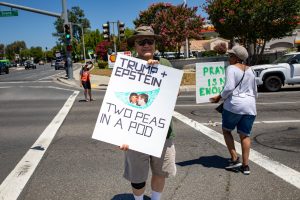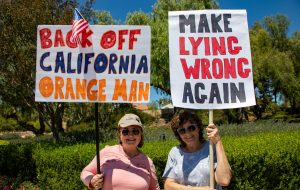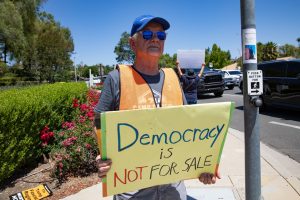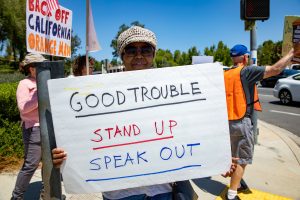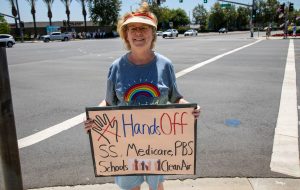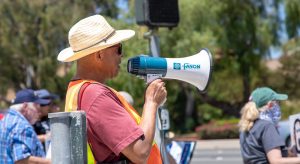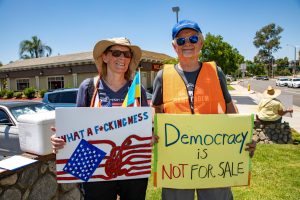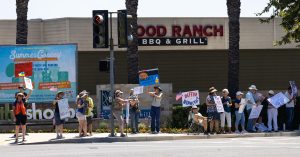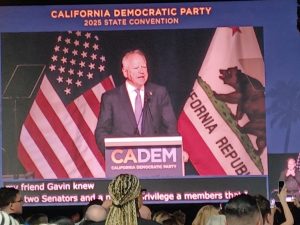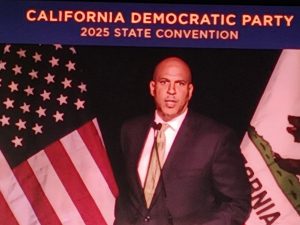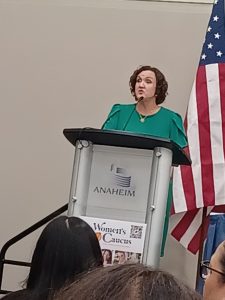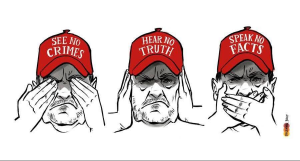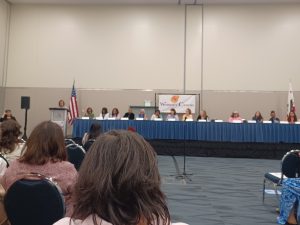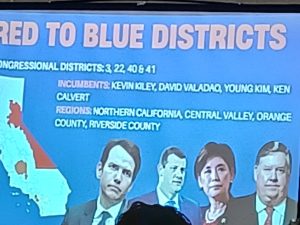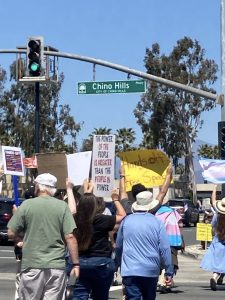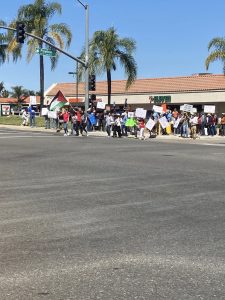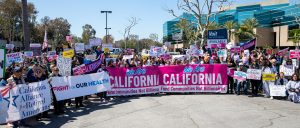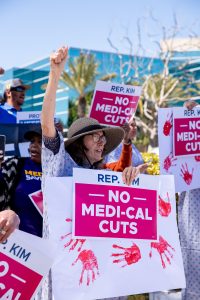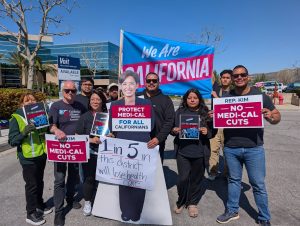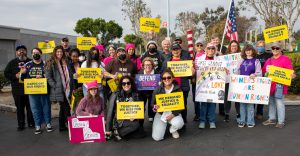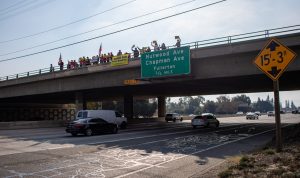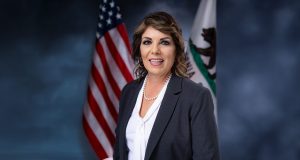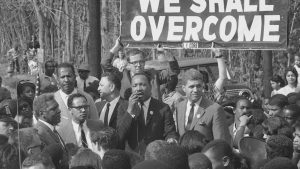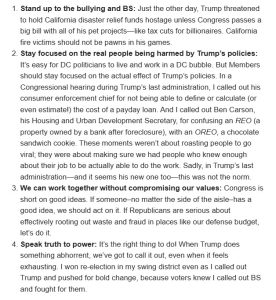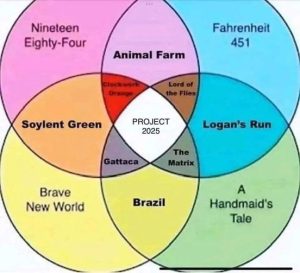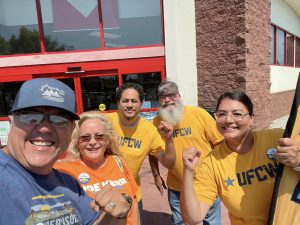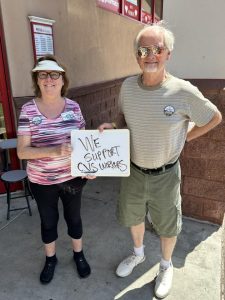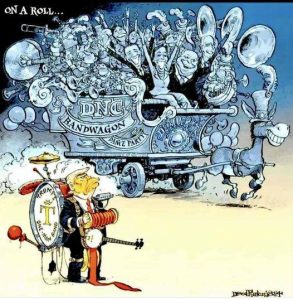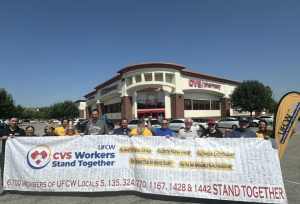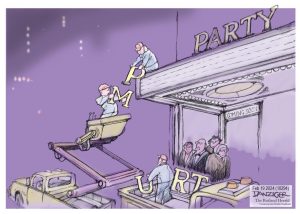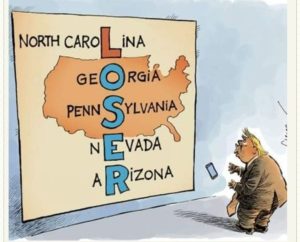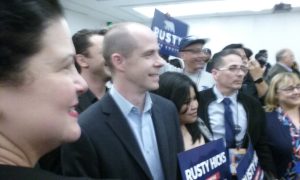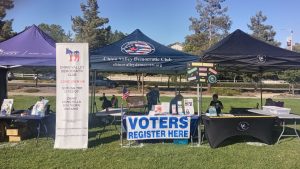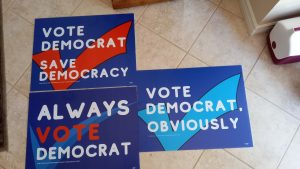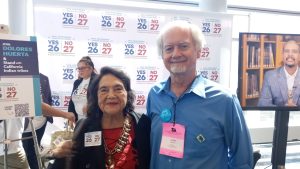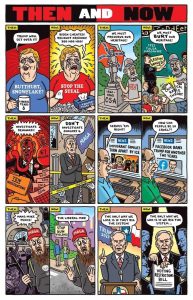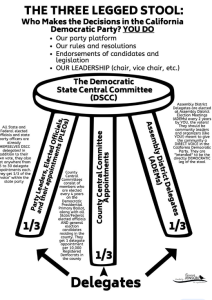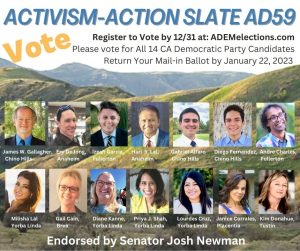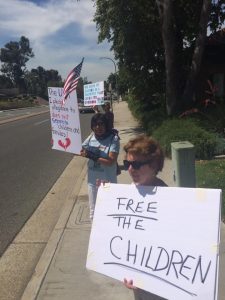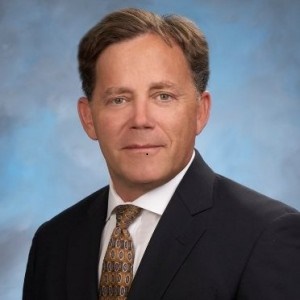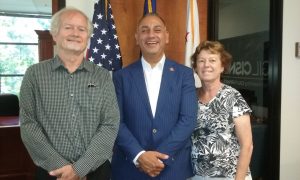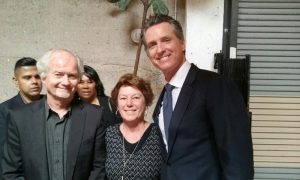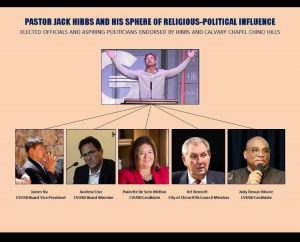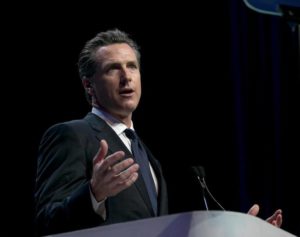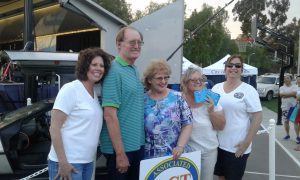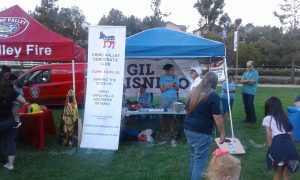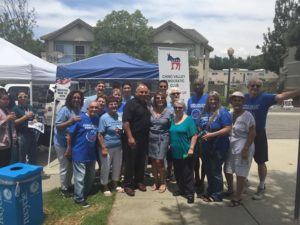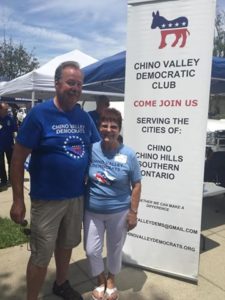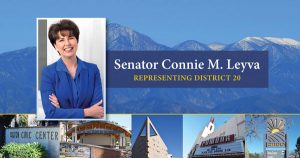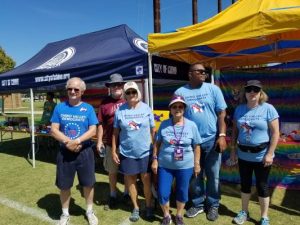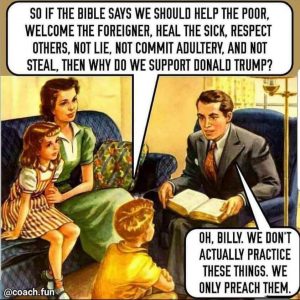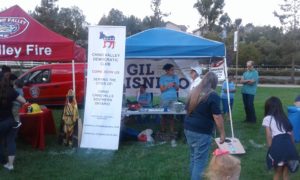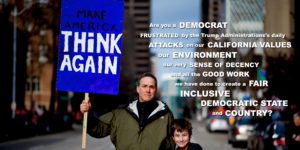Hilton San Francisco Union Square – 333 O’Farrell St., San Francisco, CA 94102
Moscone Center – 747 Howard St., San Francisco, CA 94103

In Forbes https://www.forbes.com/sites/markjoyella/2025/11/29/white-house-ramps-up-war-on-journalists-by-naming-media-offender-of-the-week/ ByMark Joyella, Senior Contributor. Mark Joyella is a former broadcast journalist who covers media. Nov 29, 2025, 06:08pm EST The Trump Administration is intensifying its war on the “fake news media” …
CNN: 5 things to know for Nov. 4: Election Day 2025, Aviation safety, Food stamps, Michigan FBI raid, Dick Cheney Hello readers — welcome to a special Election Day edition of 5 Things. Voters will …
from San Francisco Chronicle https://www.sfchronicle.com/ Sophia Bollag Mon, October 6, 2025 at 4:00 AM PDT 7 min read California Gov. Gavin Newsom discusses the Election Rigging Response Act at a press conference in Los Angeles …
In Cal Matters by Maya C. Miller and Jeanne Kuang August 21, 2025 In summary Many California Democrats are reluctant to give up the state’s independently drawn congressional districts, but they say it’s a necessary step to counter …
May 05
The CA Democratic Party State Chair is elected to a four-year term. In the event that a CDP Statewide Office becomes vacant, an Officer Election will be held at the next State Convention to fill the vacancy for the remainder of the original term (2017-2021)
Regional Directors are Party Officers who assist the Statewide Officers in the maintenance and development of the Party within their respective regions. This includes, but is not limited to developing, assisting, and coordinating the County Central Committees, Clubs and other Democratic Organizations within their regions.
Mar 26
https://www.thenation.com/article/mueller-barr-exoneration-trump-nadler/
Attorney General William Barr’s four-page summary of special counsel Robert Mueller’s 22-month investigation into allegations of wrongdoing by the president and those around him was summed up by House Judiciary Committee member Jamie Raskin. “I don’t want to read the Cliff notes version of Macbeth,” observed Raskin. “I want to read Macbeth itself.”
In other words, Barr’s interpretation of the Mueller report is just that: an interpretation. It’s not the real thing
It is suspect, as such. And it is suspect because of the past partisanships and positionings of its author regarding the issues that arise from presidential obstructions of justice. Unfortunately, as former Georgia gubernatorial candidate Stacey Abrams observed Monday, relying on Barr’s summary is “like having your brother summarize your report card to your parents.”
Trump partisans may imagine that to be a harsh critique. It’s not.
On Sunday, Barr released a subjective statement on the findings from Mueller’s investigation, which featured two takeaways. First, the attorney general wrote that the narrowly focused Mueller project “did not establish that members of the Trump Campaign conspired or coordinated with the Russian government in its election interference activities.” Second, “the report sets out evidence on both sides of the [obstruction of justice] question and leaves unresolved what the Special Counsel views as ‘difficult issues’ of law and fact concerning whether the President’s actions and intent could be viewed as obstruction. The Special Counsel states that ‘while this report does not conclude that the President committed a crime, it also does not exonerate him.’”
Trump’s response to Barr’s response to Mueller’s report took the all-too-predictable form a caps-lock tweet: “No Collusion, No Obstruction, Complete and Total EXONERATION.”
That’s false. “President Trump is wrong. This report does not amount to a so-called total exoneration,” says Nadler. “It is unconscionable that President Trump would try to spin the special counsel’s findings as if his conduct was remotely acceptable.”
Based in part upon Barr’s statement, the president is peddling a fantasy that serves his political ends. Congress cannot permit this lie to obstruct accountability. This is why Barr must release the full Mueller report, as well as testify before the Judiciary Committee.
That second part of the equation is essential. Barr, who has a history of taking a dim view of efforts to hold presidents to account, wrote a memo last year (before Trump nominated him to replace Jeff Sessions) in which he complained about the Mueller inquiry and a “fatally misconceived” theory of how President Trump might have obstructed justice. Now, as the man Trump tapped to serve as attorney general, Barr is giving Trump a pass.
That’s an issue that cannot be allowed to get lost amid all the wrangling and pontificating over this report. As former White House counsel John Dean noted on Sunday, “Having re-read William Barr’s June 2018 Memo critiquing Mueller’s obstruction investigation and now his summary of Mueller’s Report, it is clear that Richard Nixon would not have been forced to resign his office if Barr had been Attorney General. Barr wants a POTUS above the law.”
Nadler, Permanent Select Committee on Intelligence chair Adam B. Schiff, and Committee on Oversight and Reform chair Elijah E. Cummings have responded appropriately. “After reading the Attorney General’s four-page summary of the Special Counsel’s findings, we reiterate our call for the release of the Special Counsel’s full and complete report and all underlying documents. We also call for Attorney General Barr to come forward to testify before the House Judiciary Committee without delay,” they announced on Sunday. “Far from the ‘total exoneration’ claimed by the President, the Mueller report expressly does not exonerate the President. Instead, it ‘sets out evidence on both sides of the question’ of obstruction—including the evidence that President Trump attempted to obstruct justice.”
The key committee chairs are right: “It is unacceptable that, after Special Counsel Mueller spent 22 months meticulously uncovering this evidence, Attorney General Barr made a decision not to charge the President in under 48 hours. The Attorney General did so without even interviewing the President. His unsolicited, open memorandum to the Department of Justice, suggesting that the obstruction investigation was ‘fatally misconceived,’ calls into question his objectivity on this point in particular.”
Nov 27
The Chino Valley Democratic Club has agreed to partner with Senator Connie Leyva SD20 to collect clothing and sundry items to help the homeless in the region. Club members are encouraged to bring clothing items, socks, canned food, and blankets to the Holiday Potluck Party event on Dec. 10. Location available on request.
The receiving organizaton, T.O.U.C.H Ministries of Ontario, is recognized by Senator Leyva as “non-profit of the year”. T.O.U.C.H. Ministries provides hot meals and backpacks with food, clothes, hygiene items and other important items to homeless persons. The ministry also focuses on providing services to seniors, at-risk youth, recently released inmates and the working poor. Contact Marian at chinovalleydems@gmail.org or 909-591-1864 for more info.
Nov 22
Congressional District 35- Norma Torres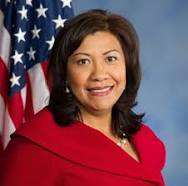
Congressional District 39- Gil Cisneros
CA Assembly District 52- Freddie Rodriguez
CA State Senate 20- Connie Leyva Chino Valley Unified School District, Member, Governing Board– Christine Gagnier
Chino Valley Unified School District, Member, Governing Board– Christine Gagnier
City of Chino, Member, City Council, District 1- Paul Rodriguez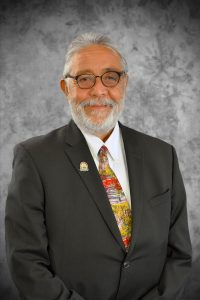 City of Montclair, City Council- Trisha Martinez
City of Montclair, City Council- Trisha Martinez
Feb 20
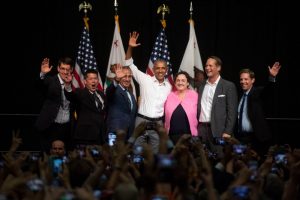
Former President Barack Obama, center, waves to the crowd after speaking at a campaign rally to support Democratic California congressional candidates, Josh Harder, T.J. Cox, Gil Cisneros, Katie Porter, Harley Rouda, Mike Levin, from left, at the Anaheim Convention Center in Anaheim on Saturday, Sept. 8, 2018. (Photo by Kevin Sullivan, Orange County Register/SCNG)

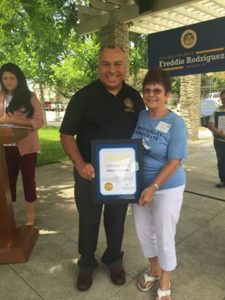
President of our Club, Marian Arguello receives a special CHINO Woman of the Year award from Assembly representative Freddie Rodriguez (AD52) !
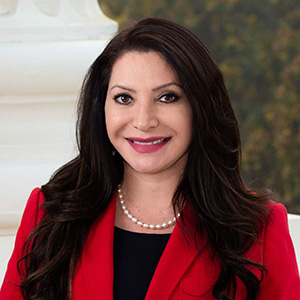
CA State Senator Susan Rubio SD22
Jan 30
Text of this bipartisan approved bill here at this link: https://leginfo.legislature.ca.gov/faces/billNavClient.xhtml?bill_id=201720180SB1
The recall against our State Senator SD29 is unwarranted considering the following. In fact, he promoted a Constitutional amendment to assure the monies allocated would be spent on only the road repair projects.
Read on:
This act shall be known, and may be cited as, the Road Repair and Accountability Act of 2017.
Oct 06
http://time.com/4960233/california-sanctuary-state-donald-trump/
California Gov. Jerry Brown on Thursday signed a so-called “sanctuary state” bill that will limit cooperation between local officials and federal immigration enforcement. The measure is one of the most high-profile ways that Democrats in the state have sought to push back against the Republican agenda, as President Donald Trump has taken a hard line on immigration and other issues that are significant to Golden State lawmakers.
“These are uncertain times for undocumented Californians and their families, and this bill strikes a balance that will protect public safety, while bringing a measure of comfort to those families who are now living in fear every day,” Brown said in statement, according to the Associated Press.
Brown’s decision to sign the bill will almost certainly draw the ire of the President, who has threatened to withhold funds from sanctuary cities — a move that inspired several jurisdictions in California to sue his administration. Though there is not a set definition of what makes any place a “sanctuary” for immigrants, laws described that typically aim to limit the deportation of undocumented residents.
While other states have passed laws that shore up protections for immigrants, the California bill, formally known as SB54, has been described as the most comprehensive in the country. Measures range from treating schools, courthouses and hospitals as “safe zones” to restricting the ability of local police to detain people on behalf of federal immigration agents. The law does nothing to curtail the ability of federal agents to come into the state and deport people or carry out raids, but it does make such actions more difficult for agencies with limited resources.
An estimated 10 million immigrants live in California, more than the entire population of states such as Michigan, and about 25% of them are thought to be undocumented. The author of the bill, state Senate Leader Kevin de Leon, has positioned it as a safety measure to ensure undocumented residents are unafraid to report crimes to the police or send their kids to school. De Leon said at a press conference that the new law “will put a large kink in Trump’s perverse and inhumane deportation machine,” according to the AP.
The main criticisms of SB54 have also been about safety, as organizations such as the California State Sheriffs’ Association have argued that dangerous criminals might slip through the cracks if local authorities are limited in their ability to interact with federal officials. Before signing the bill, Gov. Brown negotiated changes meant to assuage some of those concerns, such as allowing for cooperation in cases that involve particular crimes.
Though Trump could attempt to deny federal funding to California over the bill, he would face legal hurdles in doing so and such an action would very likely lead to a lawsuit. As the new President took office, lawmakers in the state retained former Attorney General Eric Holder’s law firm to help advise them on the legal limits of resistance. And the state has already sued the federal government over issues ranging from energy efficiency standards to the decision to end DACA, a program that has shielded young immigrants from deportation.
| M | T | W | T | F | S | S |
|---|---|---|---|---|---|---|
| 1 | 2 | 3 | 4 | 5 | 6 | 7 |
| 8 | 9 | 10 | 11 | 12 | 13 | 14 |
| 15 | 16 | 17 | 18 | 19 | 20 | 21 |
| 22 | 23 | 24 | 25 | 26 | 27 | 28 |
| 29 | 30 | 31 | ||||
There are no upcoming events.
Please contact Jim Gallagher Club Chair, at chinovalleydemocrats21@gmail.com for information regarding the Club or this website. Your comments and questions are appreciated.
©2016 California Democratic Council
Paid for by theMade with by Graphene Themes.

